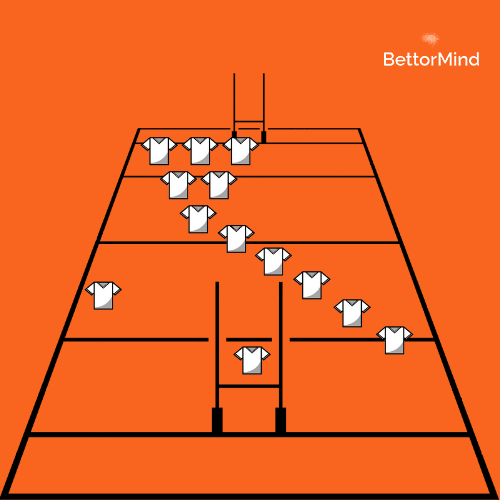
Chapter 1: Cricket Rules
Before betting on cricket, it’s important to have a strong understanding of the rules of the game, and what impact they might have on your betting.
- The rules of cricket
- How does scoring work in cricket?
- What are the positions in cricket?
What is the aim of cricket?

The main aim of cricket is to take turns scoring runs using a bat and ball. One team will try to score points by hitting the cricket ball to different sections of the pitch, while the other team looks to keep their score as low as possible.
At the end of the allotted time, the team with the most points scored wins the game.
What are wickets?
In the centre of the cricket pitch is the wickets. There needs to be 2 sets of wickets with 3 stumps with bails at each end.
The 2 sets of wickets must be 22 yards apart. There is a small, marked line across the wicket from the stumps known as the ‘crease’.


What are positions in cricket?
A cricket team will typically consistent of 11 different players. However, unlike sports like football or rugby, cricket players are allowed to take on any role they wish.
The positions available include:
- Batsmen
- Bowlers
- Fielders
- Wicket Keepers

How do you score points in cricket?
Teams score in cricket when one batsmen hits the cricket ball and both him and the other batsmen are able to run to the wickets opposite them.
Batsmen receive 4 points if the cricket ball crosses the boundary rope having bounced at least once, whereas they’ll receive 6 points if they manage to do so without the cricket ball bouncing.
They can keep doing this until one of them is ruled out.
How to get out in cricket
There are multiple different ways to get out in cricket:
Bowled: The ball hits the batsman’s stumps
Caught: After being hit by the batsman, the ball is caught by a fielder before it bounces
Hitting the leg: The ball strikes the batters leg pads, stopping it from hitting the wicket
Stumped: Wicket keeper strikes the stumps during the time the batter is outside the crease
Wicket hit: The batter hits their own wicket
Time: The batter is unable to reach the crease within 30 seconds of the previous batter
Hit twice: The batsmen hits the ball twice
Obstruction: Batsmen intentionally stop the fielder from getting the ball

Read Chapter 2
Now that you understand the key rules and regulations of cricket, take a look at the variety of events available to watch and bet on.